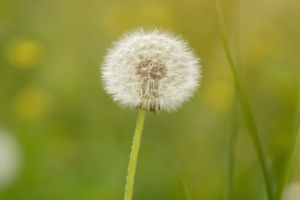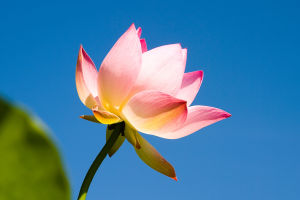Orchids are renowned for their unique and captivating beauty, making them one of the most treasured and popular flowers in the plant world.
Their distinctive shapes and extensive variety have earned them a special place among gardening enthusiasts and flower collectors alike.
Orchids are celebrated not only for their colorful blooms and fragrant aromas but also for their significant role in botany due to their unique growth habits and reproductive methods.
The Orchidaceae family, one of the largest plant families, includes over 700 genera and between 25,000 and 30,000 species. This family is distributed across a wide range of habitats, from tropical rainforests to temperate regions.
Orchids are known for their diverse forms, with each species exhibiting unique flower shapes and colors. Common examples include Phalaenopsis, Dendrobium, and Cattleya, each with its distinct growth requirements and characteristics.
Orchid flowers come in various shapes, typically featuring symmetrical petals and a specialized lip. The petals can be round, elongated, or pointed, while the lip often presents intricate and sometimes bizarre shapes that may resemble small animals or insects.
This intricate floral design not only boosts their visual charm but also plays a crucial role in attracting pollinators. In their natural habitat, orchids rely on their unique shapes and fragrances to attract insects and birds, thereby facilitating their reproduction.
Cultivating and maintaining orchids requires meticulous care. Understanding their growth environment is crucial. Most orchid varieties thrive in bright light but are sensitive to intense sunlight. Adequate light promotes healthy growth, but exposure to excessive light can be detrimental.
Additionally, orchids require a specific type of soil. They generally need a medium that offers excellent drainage and is rich in organic matter. Common cultivation substrates include bark, charcoal, and moss, which provide the necessary air permeability and drainage for healthy root development.
Watering is another critical aspect of orchid care. Orchids prefer to be kept moderately moist, but overwatering can lead to root rot. It is essential to monitor the amount of water applied and ensure that the surface of the potting medium is dry before the next watering.
Furthermore, orchids have specific humidity requirements. In dry environments, maintaining proper humidity levels is crucial for their health.
Fertilization is also vital for orchid maintenance. Orchids thrive with consistent use of balanced fertilizers that provide essential nutrients for their growth.
Fertilization should generally occur once a month, with the frequency increasing during peak growth periods. Following the recommended dosage on fertilizer labels is important to avoid over-fertilization, which can harm the plants.
Orchid reproduction can be achieved through two primary methods: division and seed propagation. Division propagation is suitable for mature orchid plants, where the plant is divided into several smaller sections, each with a sufficient root system and buds.
Seed propagation, however, is more complex and requires specific cultural conditions. Orchid seeds need particular fungi to provide essential nutrients for their development.
In both home and commercial cultivation, orchids play a significant role. They are not only favored for interior decoration but also hold a prominent position in the flower market.
Orchid enthusiasts often participate in various exhibitions to showcase their carefully cultivated varieties. These exhibitions provide a platform for displaying personal gardening skills and offer valuable opportunities to learn about new varieties and cultivation techniques.
For many people, orchids symbolize the pursuit of a refined and enhanced life. Whether appreciating their stunning flowers or engaging in their cultivation and care, orchids undoubtedly represent a remarkable and cherished part of the floral world.


